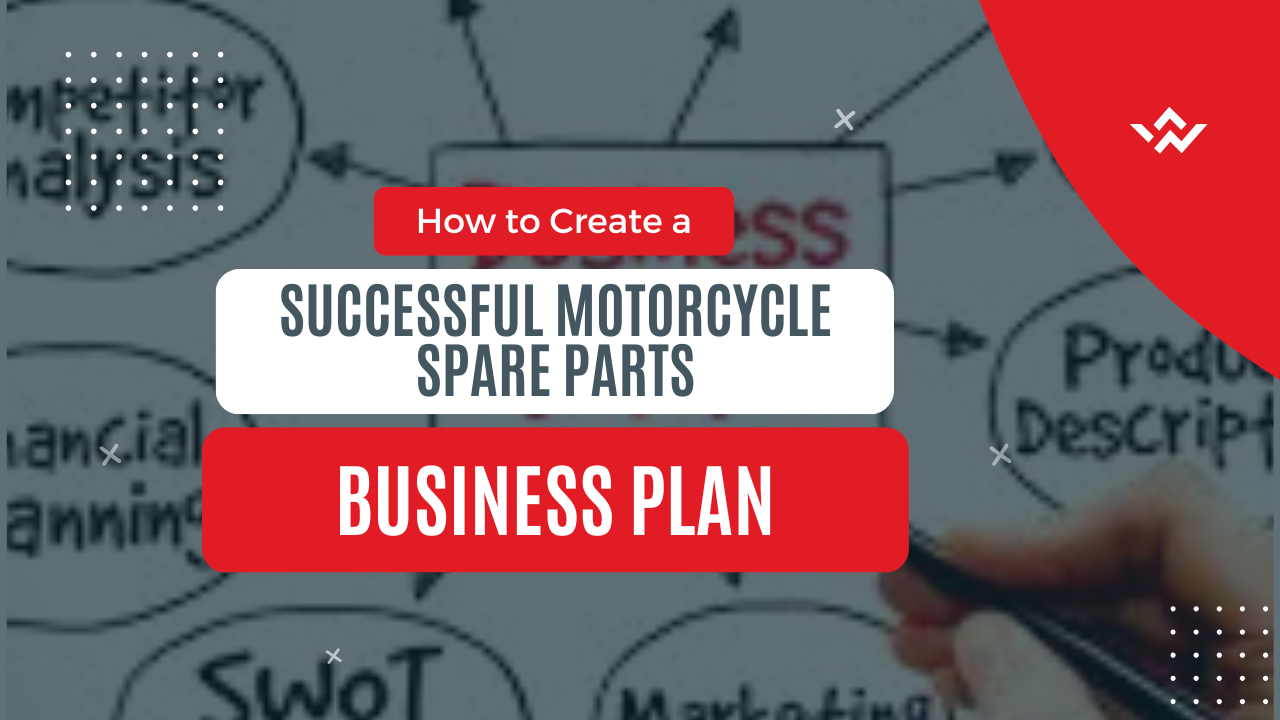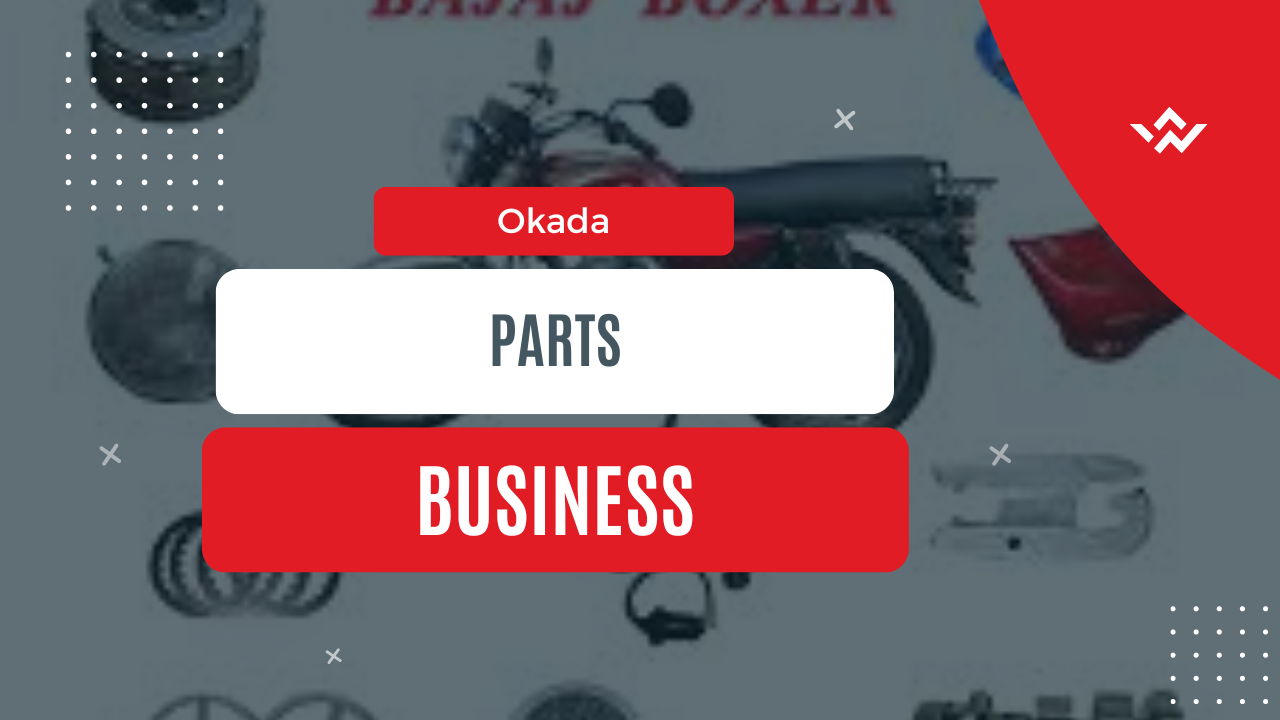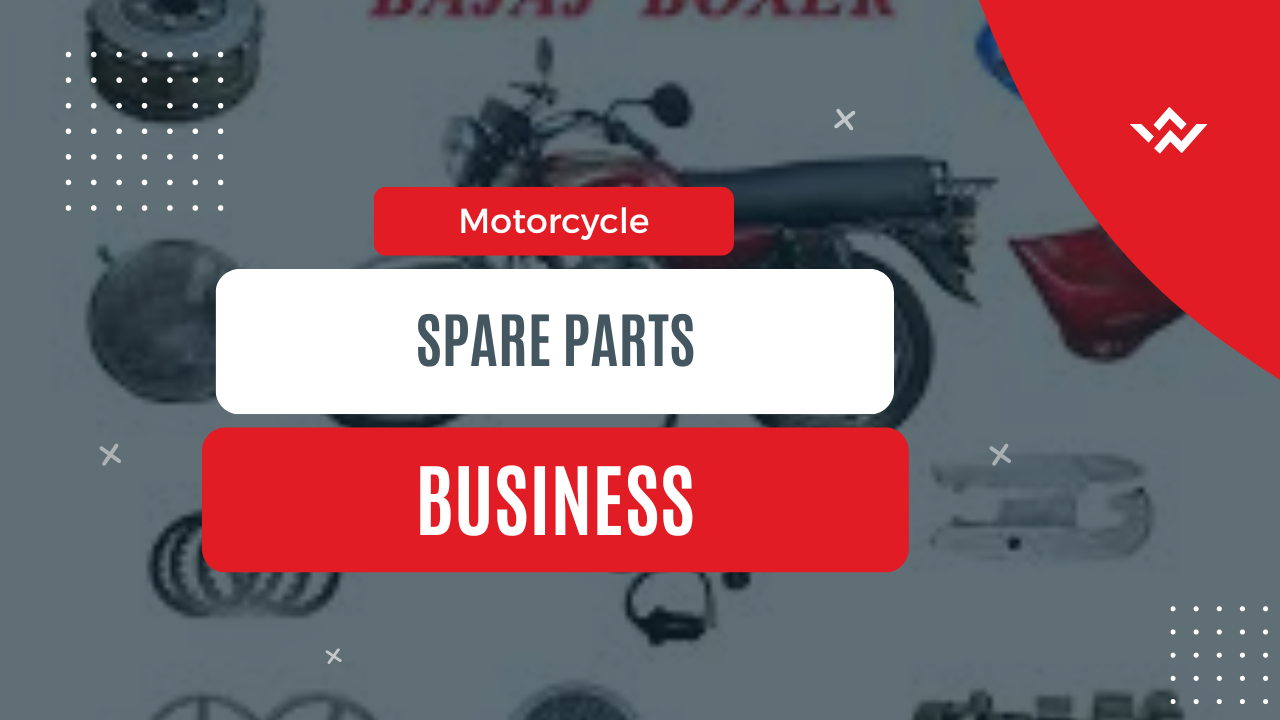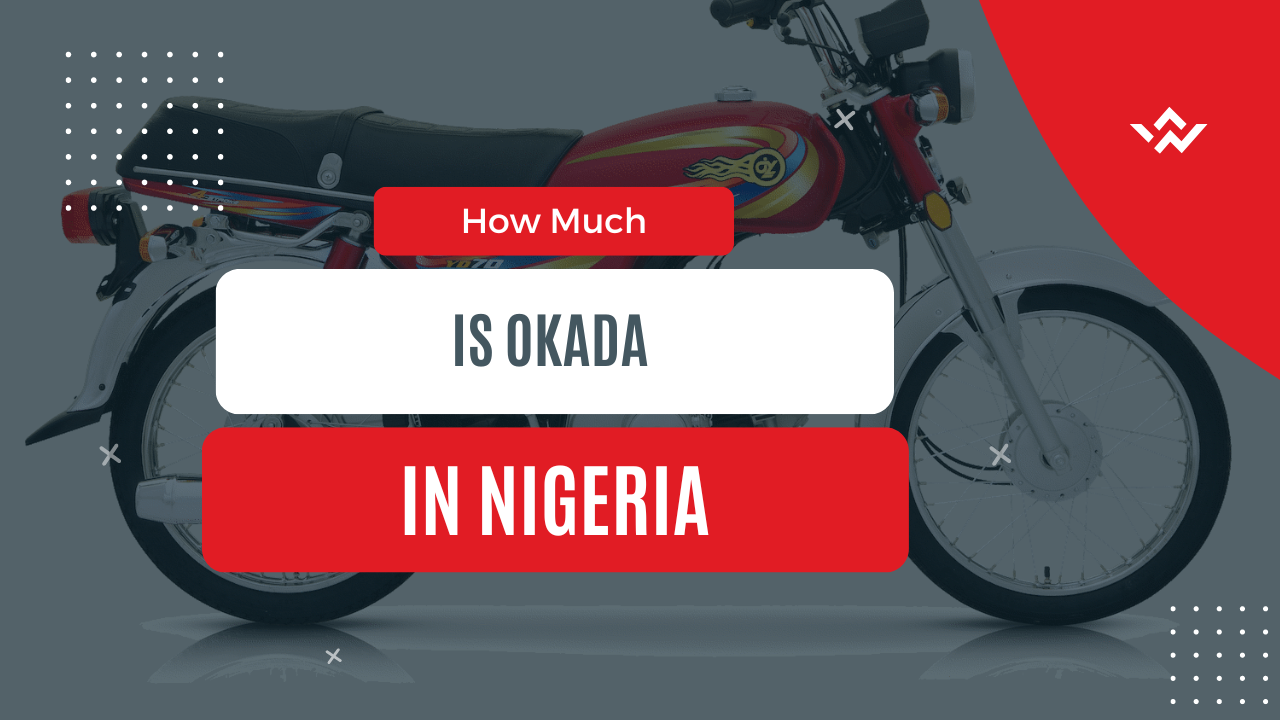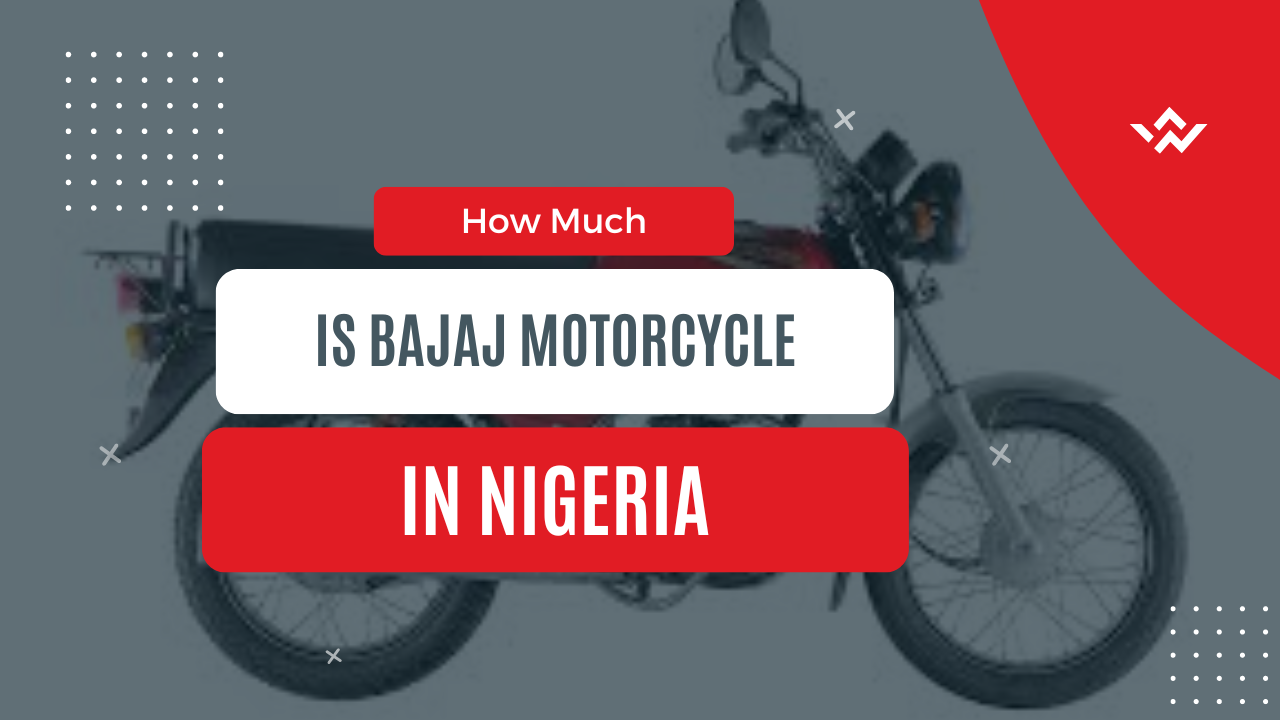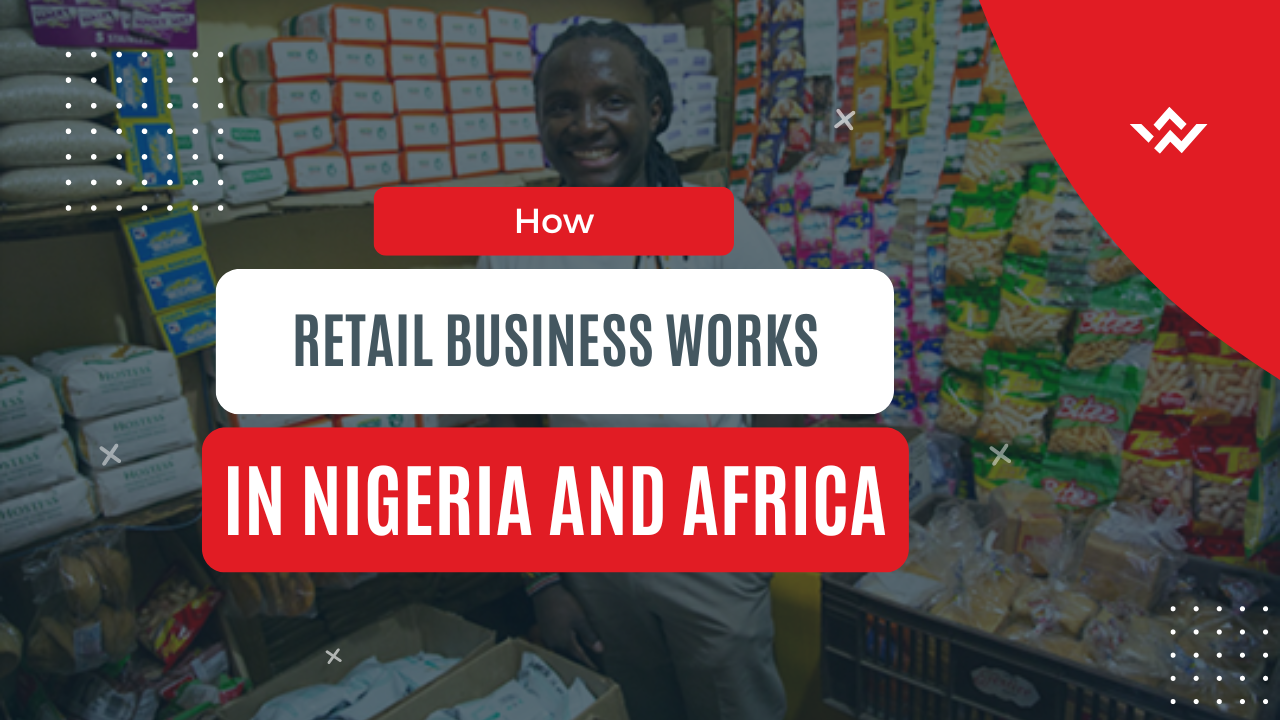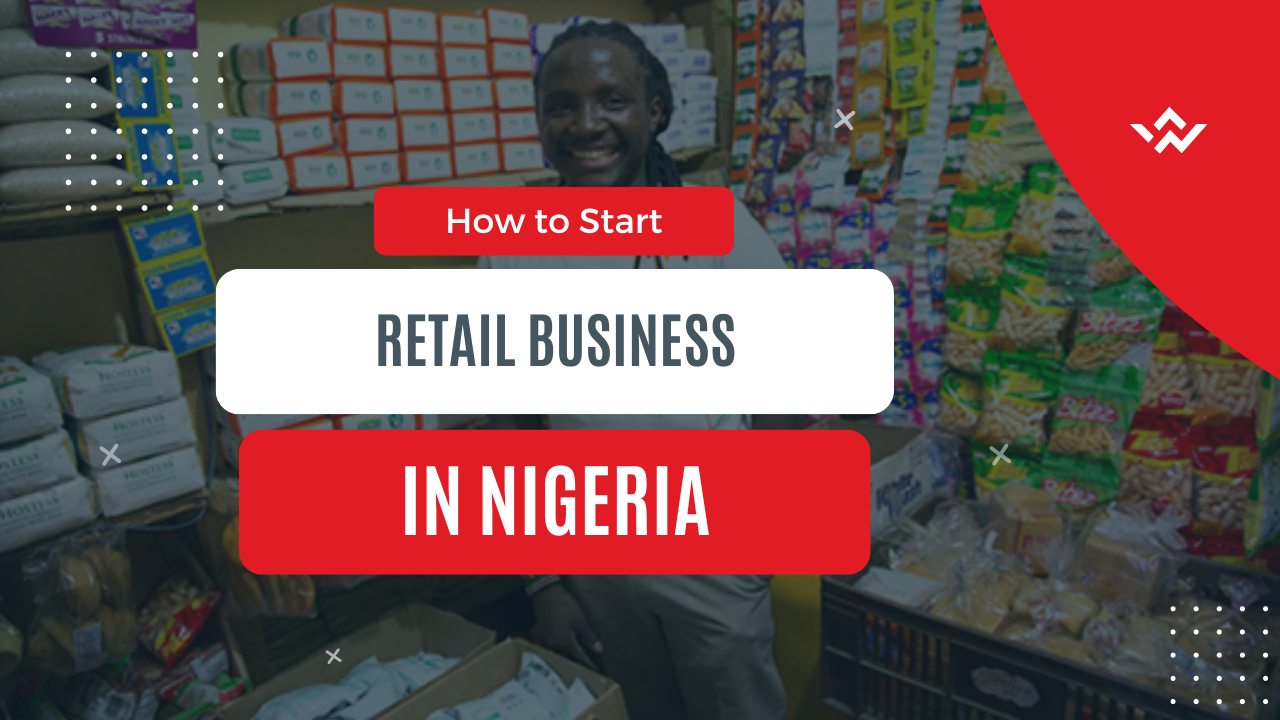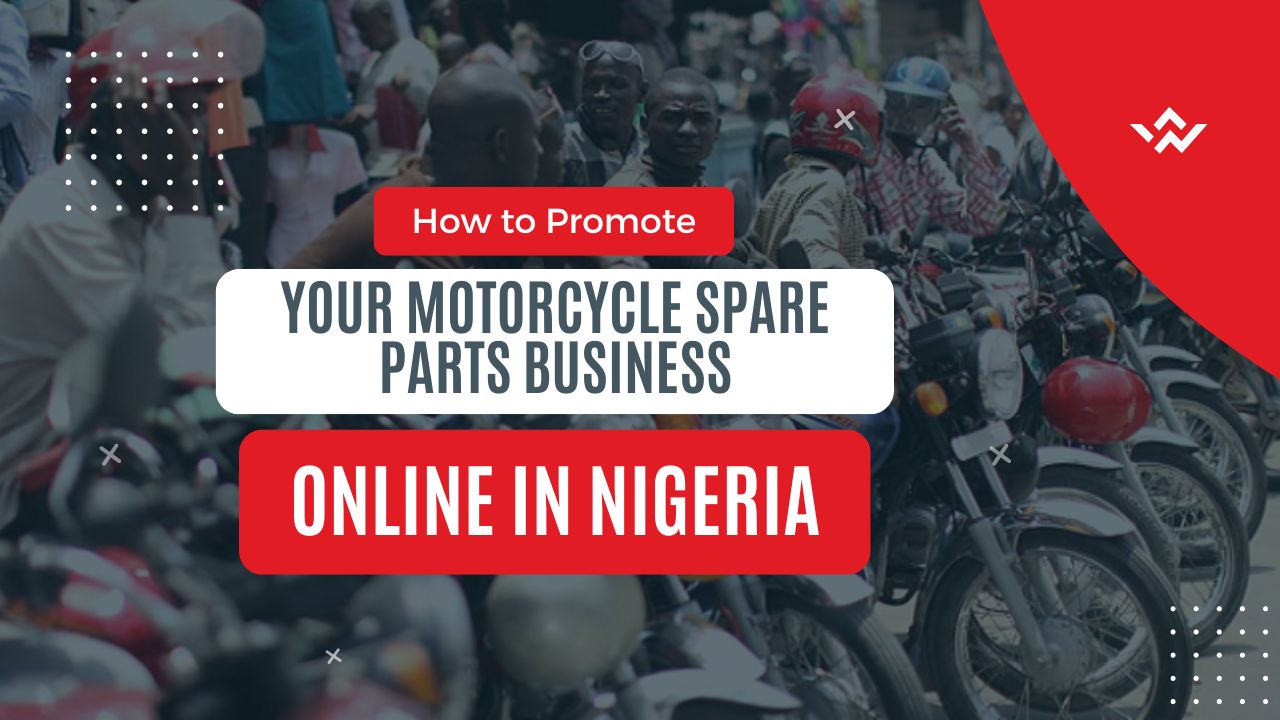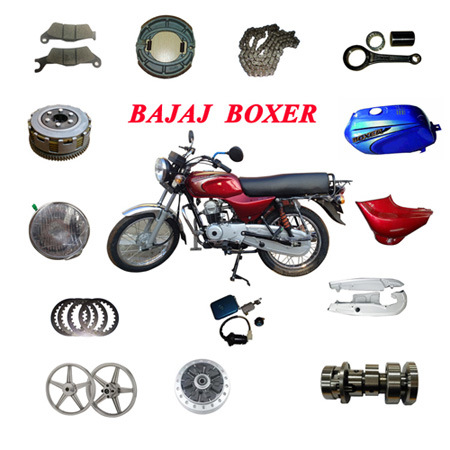How to Create a Successful Motorcycle Spare Parts Business Plan
A Comprehensive Guide
Are you passionate about motorcycles and you have plans to start your own spare parts business? A well-structured business plan is your roadmap to success in this lucrative industry. This guide will walk you through essential elements to consider when creating your motorcycle spare parts business plan. This plan will help you with the exact ideas you need to craft a great plan anyone would love to look at and approve for you.
Market Analysis and Industry Overview
The motorcycle spare parts industry continues to grow as the number of motorcycle enthusiasts increases worldwide. With both vintage and modern motorcycles requiring regular maintenance and replacement parts, there’s a consistent demand in this sector. Before diving in, research your local market, including:
- Current market size and growth potential
- Target customer demographics
- Competitor analysis
- Industry trends and regulations
- Market gaps and opportunities
Business Model and Operations
Types of Spare Parts to Stock
Consider your inventory focus based on:
- OEM (Original Equipment Manufacturer) parts
- Aftermarket parts
- Performance upgrades
- Vintage motorcycle parts
- Specific brands or motorcycle types
Location Strategy
Your business location should be:
- Easily accessible to customers
- Close to motorcycle repair shops
- Visible from main roads
- Equipped with adequate storage space
- Suitable for both retail and possible online operations
Financial Planning and Investment
Initial Investment Requirements
Calculate costs for:
- Inventory procurement
- Store/warehouse rental
- Storage systems and equipment
- Point of sale system
- Website development
- Initial marketing
- Licenses and permits
- Insurance
Revenue Projections
Develop detailed financial projections including:
- Sales forecasts
- Profit margins
- Operating expenses
- Break-even analysis
- Cash flow projections
Marketing Strategy
Online Presence
- E-commerce website development
- Social media marketing
- Search engine optimization (SEO)
- Online marketplaces presence
- Email marketing campaigns
Offline Marketing
- Local motorcycle club partnerships
- Trade show participation
- Print advertising in motorcycle magazines
- Relationship building with repair shops
- Customer loyalty programs
Operational Requirements
Inventory Management
Implement systems for:
- Stock tracking and reordering
- Quality control
- Supplier relationship management
- Returns and warranties
- Seasonal inventory planning
Staff Requirements
Consider hiring:
- Sales representatives with motorcycle knowledge
- Inventory managers
- Customer service specialists
- Technical advisors
- E-commerce specialists
Risk Analysis and Mitigation
Common Risks
- Market competition
- Inventory obsolescence
- Price fluctuations
- Supply chain disruptions
- Economic downturns
Risk Mitigation Strategies
- Diverse supplier network
- Regular market research
- Flexible pricing strategies
- Insurance coverage
- Emergency fund maintenance
Growth and Expansion Plans
Short-term Goals (1-2 years)
- Establish market presence
- Build customer base
- Achieve break-even
- Develop supplier relationships
- Create brand awareness
Long-term Goals (3-5 years)
- Market expansion
- Product line diversification
- Multiple location opening
- E-commerce growth
- Brand development
Legal Considerations
Ensure compliance with:
- Business registration requirements
- Industry regulations
- Quality standards
- Import/export laws
- Consumer protection laws
Success Metrics and Monitoring
Track key performance indicators (KPIs):
- Sales growth
- Customer satisfaction rates
- Inventory turnover
- Profit margins
- Market share
Creating a comprehensive motorcycle spare parts business plan requires careful consideration of all these elements. Remember to regularly review and update your plan as your business grows and market conditions change. With proper planning and execution, your motorcycle spare parts business can become a successful venture in this dynamic industry. If you want more guaranteed success in the Motorcycle spare parts business, get this eBook created to teach Newbies how to start the Motorcycle spare parts business.
Remember to conduct thorough research specific to your target market and consider consulting with industry experts or business advisors before finalizing your plan. Success in the motorcycle spare parts business requires not just passion for motorcycles but also smart business acumen and strategic planning.

